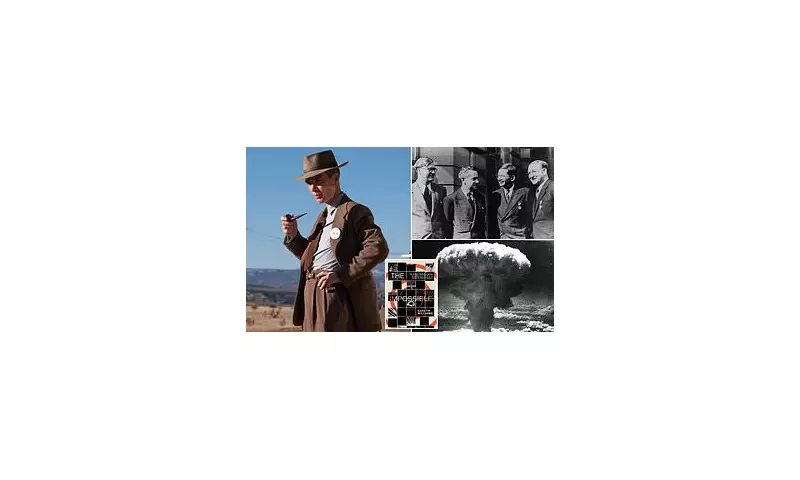
For decades, the devastating power of the atomic bomb has been synonymous with American ingenuity and J. Robert Oppenheimer. However, a trove of newly examined historical evidence is shattering this long-held narrative, revealing that the weapon's genesis was profoundly British.
Declassified files and expert analysis now confirm that without the groundbreaking theoretical work and relentless lobbying of a small group of UK-based physicists, the Manhattan Project might never have left the drawing board. This hidden history, long overshadowed by the American effort, is finally coming to light.
The Brain Trust Forged in War
At the heart of this British endeavour were two refugee scientists, Otto Frisch and Rudolf Peierls. While working at the University of Birmingham in 1940, they penned a now-declassified memorandum that would alter the course of the war. Their calculations were the first to prove a small amount of Uranium-235 could produce a chain reaction of unprecedented destructive power—a concept previously thought to be science fiction.
This crucial document, known as the Frisch-Peierls Memorandum, effectively served as the initial blueprint for the atomic bomb. It outlined the weapon's potential, its construction method, and even the devastating effects of its fallout, providing the urgent impetus needed to kickstart a major nuclear programme.
The Master Organiser: Sir James Chadwick
While Frisch and Peierls provided the theory, it was Nobel laureate Sir James Chadwick who became the project's indispensable architect. As the head of the British mission, he was the linchpin connecting the UK and US efforts. Chadwick tirelessly negotiated the complex partnership between Churchill and Roosevelt, ensuring the free flow of top-secret information and resources across the Atlantic.
His diplomatic skill and scientific stature were instrumental in merging the British 'Tube Alloys' project with the American Manhattan Project, creating the colossal collaborative effort that would ultimately succeed.
A Legacy Overshadowed
Despite their foundational contributions, the British role was swiftly downplayed after the war. As the Cold War dawned, the United States tightened its grip on nuclear secrets with the 1946 Atomic Energy Act, deliberately excluding its former allies. The narrative solidified around Oppenheimer and his American team, erasing the crucial British chapter from popular memory.
This reassessment of history serves not to diminish the American achievement but to complete the story. It highlights a incredible chapter of scientific brilliance, desperate wartime innovation, and international cooperation that forever changed the nature of global conflict and peace.





